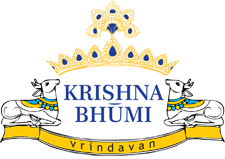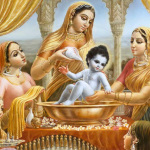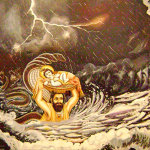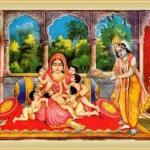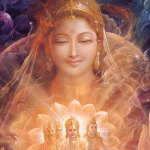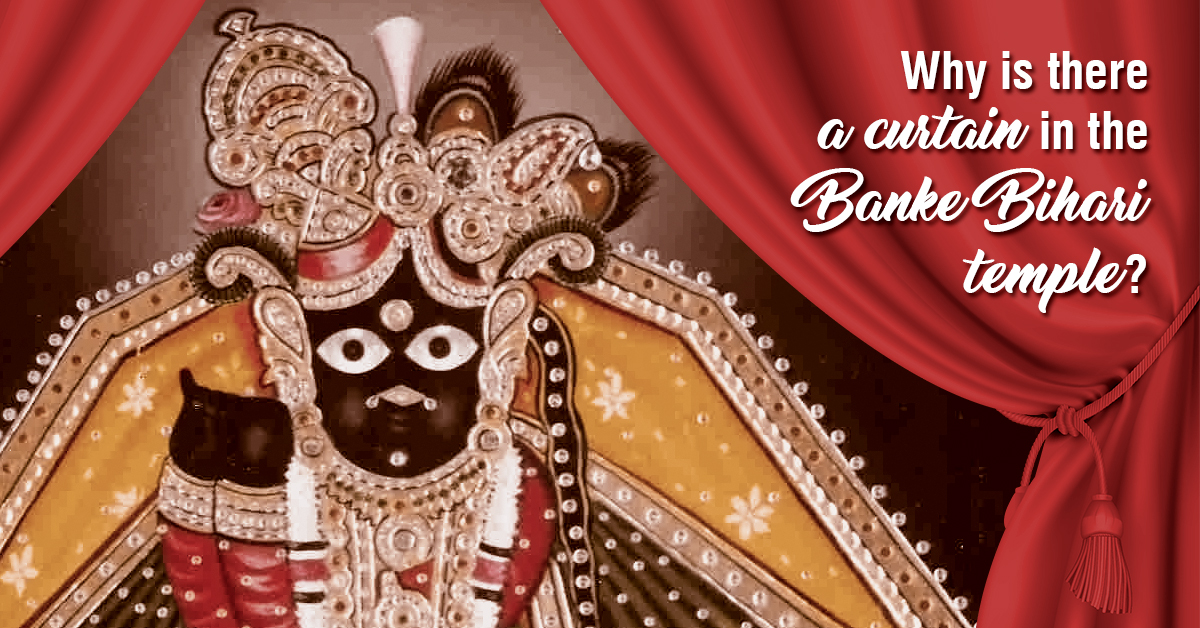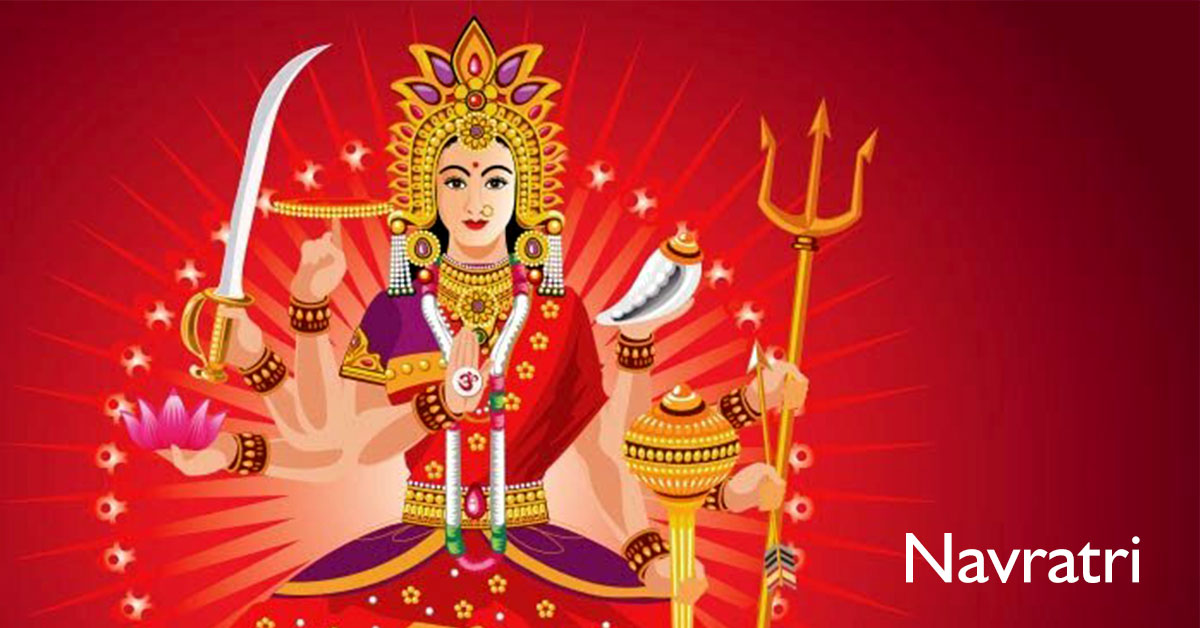For lovers of Shri Krishna, one of the most special days of the year is Govardhan Pooja. On the day after Diwali, about five thousand years ago, Shri Krishna taught the people of Vrindavan to worship Govardhan Hill, and revealed that the hill is a form of his own self. During that first Govardhan pooja, the Brajwasis worshiped Govardhan by offering him huge amounts of food, and Krishna in the form of the sacred mountain accepted their offerings.
This year too, the Govardhan Pooja is celebrated much in the same way as it was in Dwapar Yuga. First, abhishek is performed by bathing the stones of the sacred hill with milk, yoghurt and other dairy products. Flowers and new clothes are offered and lamps are lit for him. And most importantly of all, a mountain of food (annakut) is offered. Throughout Braj’s villages, the Brajwasis make replicas of the hill called “Govardhan Baba” out of cow dung. Conversely, many devotees from Bengal replicate the mountain with a pile of rice, which is then offered to the deities.
In Vrindavan’s ancient temples, chhappan bhog (56 types of food) was offered to the deities of Govind Dev, Gopinath, Madanmohan, Radharaman, Radhavallabh and others. Govardhan Baba was artistically formed out of cow dung in the temple courtyards. At the ISKCON temple in Raman Reti, a replica of Govardhan Hill was made with 500 kilograms of semolina halwah complete with a miniature Radha Kund, Shyam Kund, Kusum Sarovar and other holy lakes filled with honey. Devotees from all over India as well as foreign countries like Russia, Australia, South Africa, the UK and Canada attended the program.
In Govardhan, hundreds of thousands of devotees performed Govardhan Parikrama – the sacred walk around Govardhan Hill. The main temples like Giriraj Mukharvind in Jatipura saw huge crowds of devotees waiting to offer abhishek, while others offered their worship in the more isolated areas of the forest around the hill. “Govardhan Baba” (cow dung replicas of Govardhan) could be seen all along the Govardhan Parikrama path. Chhappan bhog was offered to deities by many devotees in order to obtain blessings and good luck on this auspicious occasion.
At Mansi Ganga and Radha Kund, the steps of the holy lakes were covered with thousands of lamps. Such is the extent of devotion that some individuals sponsored as many as 5,100 lamps at a time. Revel in the beauty of Govardhan Puja through the image below.
Jai Shree Krishna!
